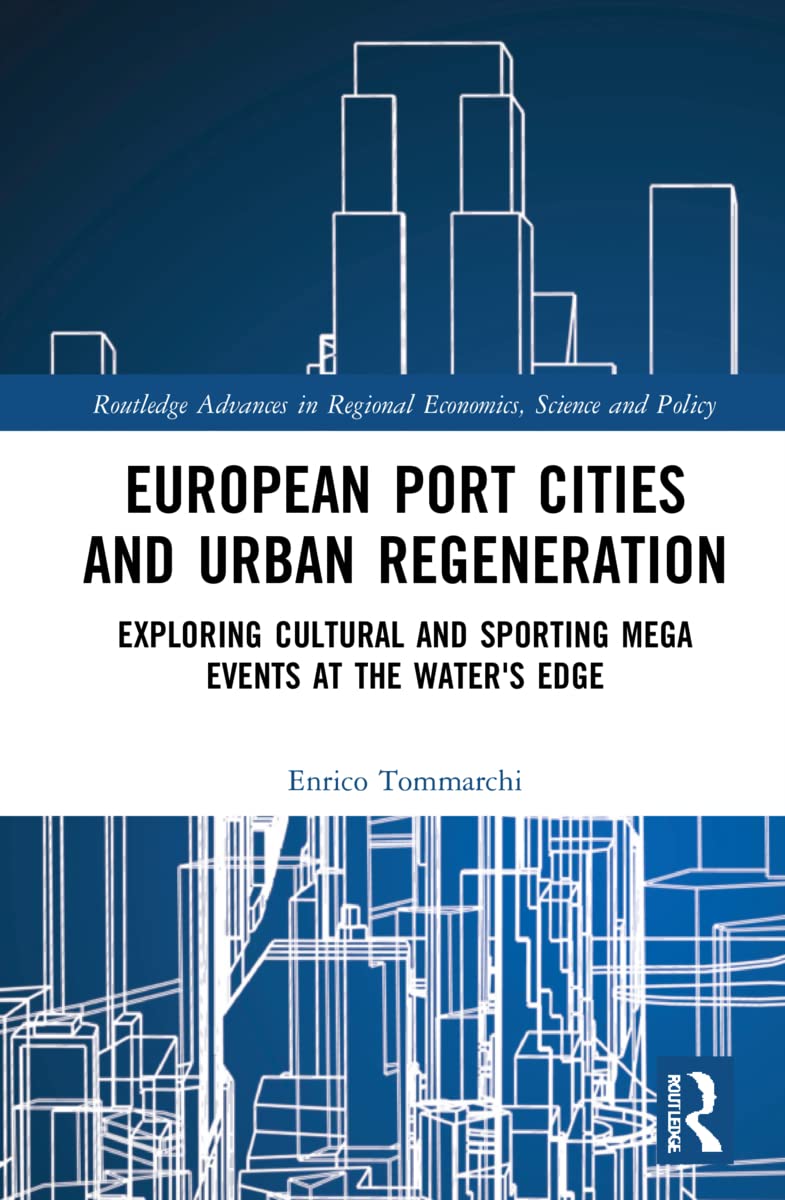

Most ebook files are in PDF format, so you can easily read them using various software such as Foxit Reader or directly on the Google Chrome browser.
Some ebook files are released by publishers in other formats such as .awz, .mobi, .epub, .fb2, etc. You may need to install specific software to read these formats on mobile/PC, such as Calibre.
Please read the tutorial at this link: https://ebookbell.com/faq
We offer FREE conversion to the popular formats you request; however, this may take some time. Therefore, right after payment, please email us, and we will try to provide the service as quickly as possible.
For some exceptional file formats or broken links (if any), please refrain from opening any disputes. Instead, email us first, and we will try to assist within a maximum of 6 hours.
EbookBell Team

4.1
20 reviewsCulture- and event-led regeneration have been catalysts for the transformation of redundant urban port areas and for the reframing of the image of many port cities, which notably feature among mega-event bidding and host cities. However, there is little understanding of the impacts of these processes on port-city relationships, as well as of how port city cultures shape mega events and the related regeneration strategies. The book examines the underexplored mutual links between, on the one hand, urban and socio-economic regeneration driven by cultural and sporting mega events and, on the other hand, the spatial, political and symbolic ties between cities and their ports.
By adopting a cross-national, comparative perspective, with in-depth case studies (Hull, Rotterdam, Genoa and Valencia) and examples from other port cities across the world where mega events were held, the book engages with issues such as the tension between port and cultural uses, reactions and opposition to mega events in port cities, clashing urban imaginaries drawing on port activity and culture, the role of port authorities and companies in the city’s cultural life, the spectacularisation and commodification of local maritime culture and heritage, processes of cultural demaritimisation and remaritimisation of port cities.
The book is therefore a contribution towards the bridging of port city and mega-event studies, and it provides insights for port city policy makers and mega-event promoters, drawing from a range of international experiences. The book also shows how societal and political change in the current ‘ontologically-insecure’ times may undermine the very paradigm of culture- and event-led regeneration in the years to come.